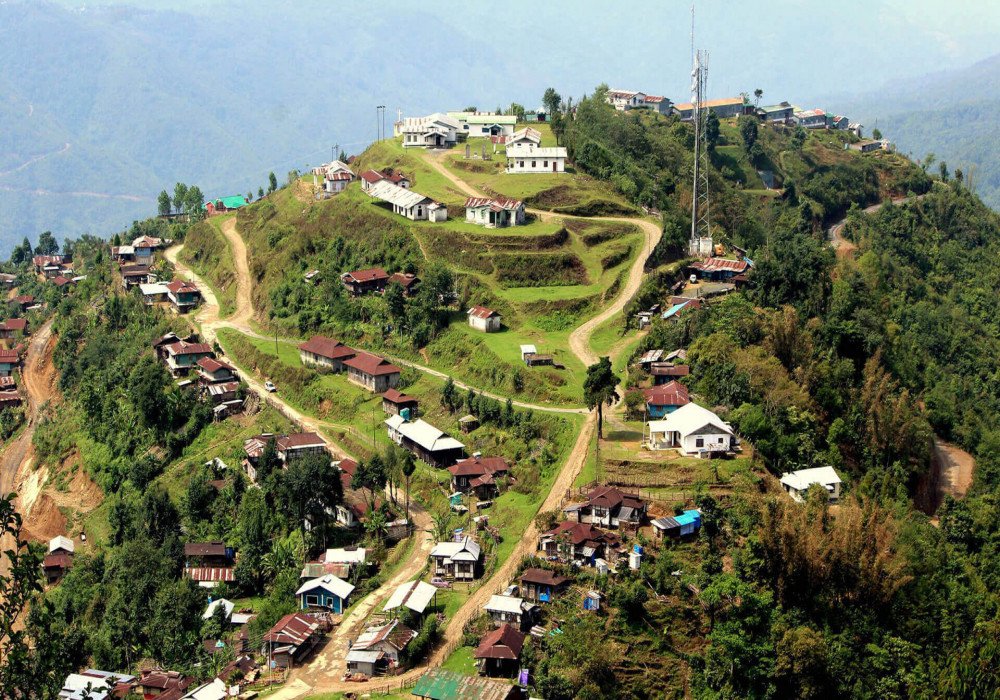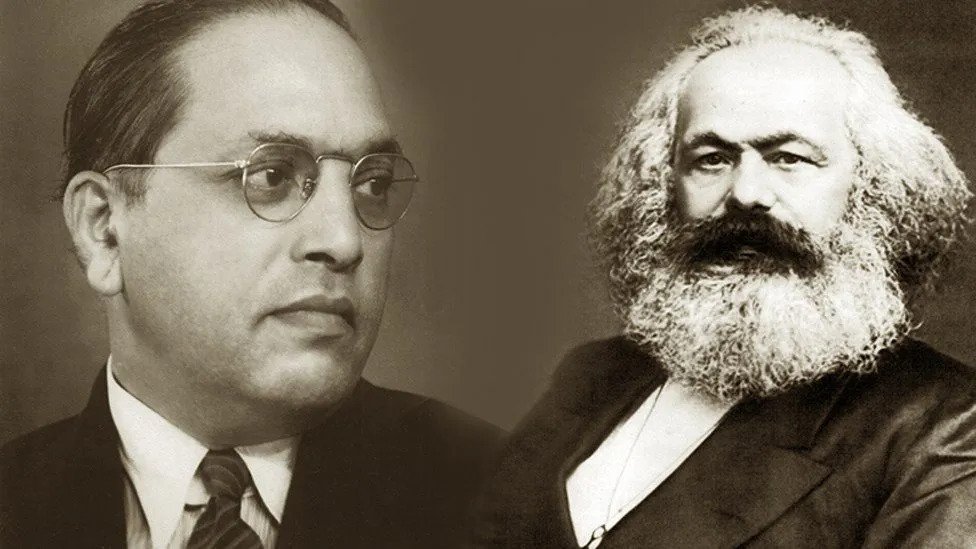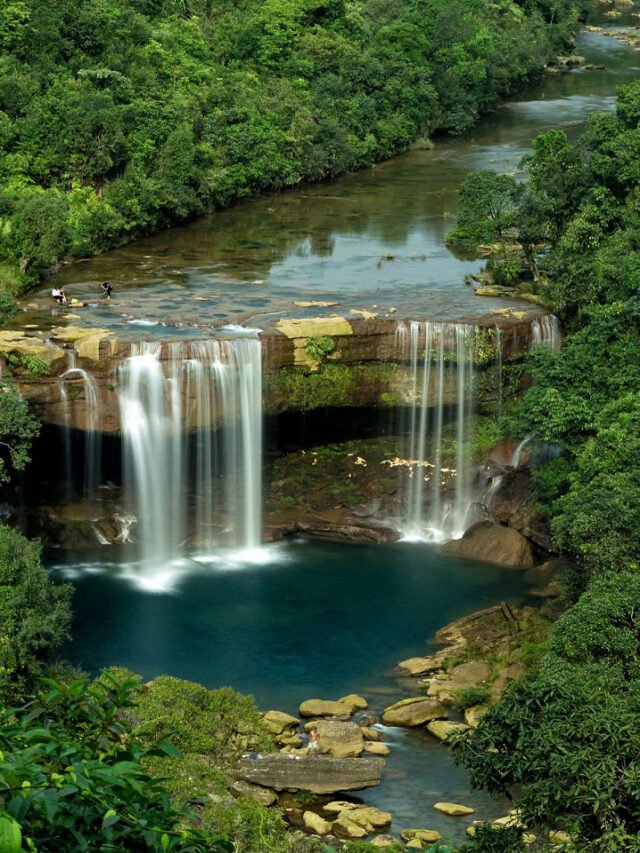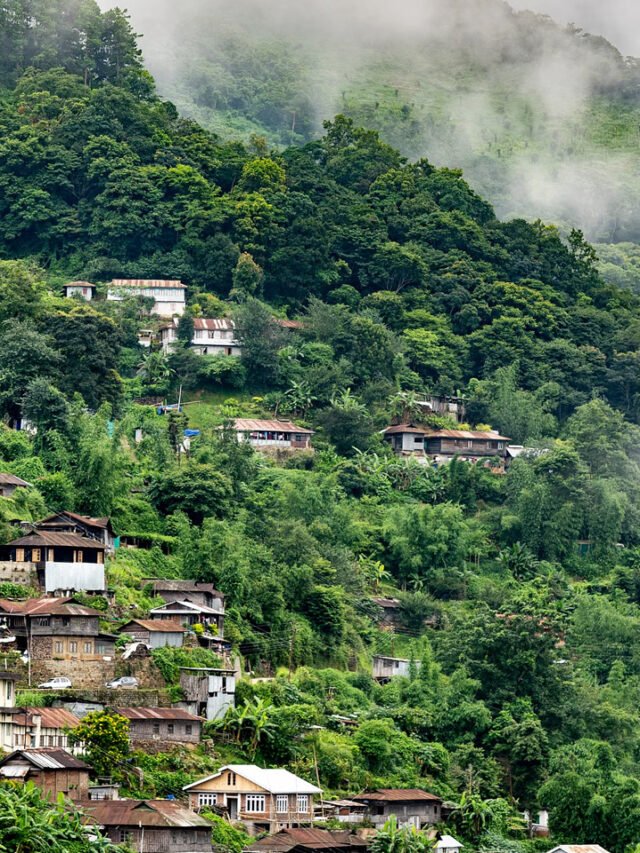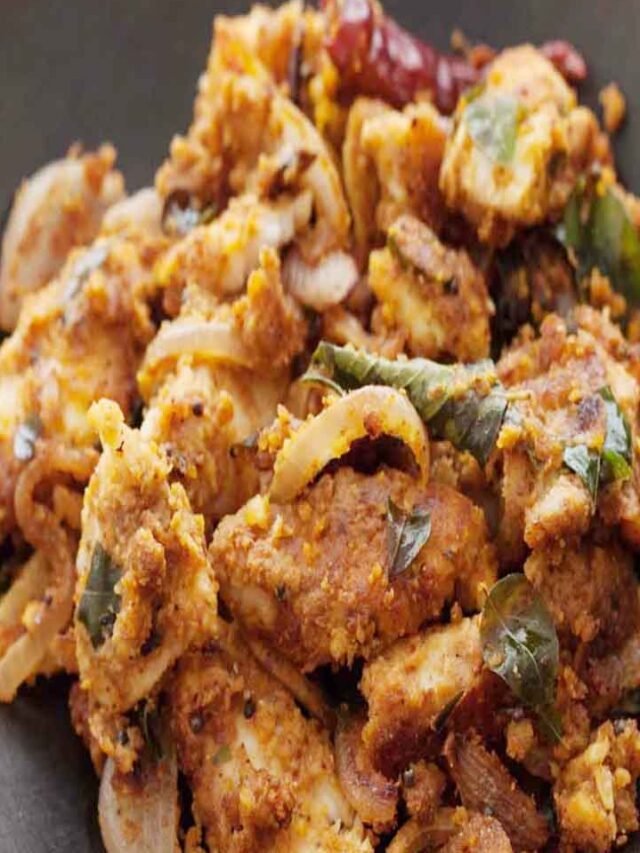By: Dipak Kurmi
The fire that started in Manipur a month and a half ago could engulf the entire northeast. It has already reached Assam and Meghalaya. The situation is anything but under control and yet the seriousness that must be given to deal with such a situation seems to be missing in the BJP’s incumbent state government. In fact, they can be blamed for stoking the fire in the sensitive state of Manipur which has had a long history of violence and armed struggle.
The situation remains grave in Manipur, the jewel of the Northeast, and human lives are at serious risk. The ‘double engine’ has failed in the northeastern state. What is sadder is that everybody in the government maintains stoic silence. From the PM to the CM no one is talking about it and even the very vocal mainstream media is subdued in its limited reporting of Manipur.
The Manipur diaspora in the US is, however, protesting in front of PM Modi who is on the US visit.
This is not to suggest that Manipur has been a peaceful state. It is not. It has been at perennially at war with itself and the country. This northeastern state is home to 39 diverse ethnic communities, each with its own vibrant cultures and beliefs. However, beneath the surface, a simmering cauldron of inter-ethnic strife is always present. The identities of various ethnic communities have long been manipulated to serve the interests of ruling elites. The seeds of discontent were sown in Manipur during its merger with India in 1949.
This unease continues even today. To quell this resistance, New Delhi introduced the controversial Armed Forces Special Powers Act in 1958. This act granted extensive powers to the military and paramilitary to maintain public order in “disturbed areas.” Over the years army earned a bad reputation and led to further deuteriation of trust between Manpuris and New Delhi. But that is a story for another day.
While the central government claims it is necessary to maintain order in insurgency-prone regions, human rights groups have decried its abuses.
Today, the region is a melting pot of conflicting claims to ethnic and communal homelands, guarded by armed insurgent groups. In Manipur, at least four valley-based armed groups, several Naga groups and many Kuki armed insurgent organizations are vying for control. With an estimated total of around 60 armed groups in the region, Manipur has become a war zone of sorts. Those wielding political power have taken advantage of the situation and turned Manipur into a hub of gun-running, narco- and human trafficking.
Armed groups often endorse candidates in state elections, further muddying the waters of democracy. Politicians in the Northeast face intimidation from rival armed groups. Civil society organisations lament the overshadowing of elections by “open intimidation” and violence at polling stations. Thus, democracy in this fragile region teeters under the threat of gun-wielding forces. The insensitivity of the administration with a dash of political expediency is a perfect recipe for a burning Manipur.
The present-day crisis can be attributed to an irresponsible judgement that ignited the fire and the state government in all its wisdom or voracity or both started surveying the hill areas enraging the hill people, the Kukis.
Since May 3, Manipur has become a battleground for two local ethnic communities: the Meitei and Kuki, you could also add Nagas albeit to a lesser extent. This action coupled with a trust deficit was enough to start bloody violent clashes in the state. Their clashes have unleashed a wave of violence, leaving behind a trail of destruction. Officially over 50 lives have been lost, while 1,700 buildings, including homes and places of worship, have been reduced to ashes. More than 50,000 people are living in refugee relief camps across the state.
The catalyst of course was a court order declaring that the Meitei community, the majority population in Manipur, be granted Scheduled Tribe status. This status would provide constitutional protection and extend benefits, including reserved government seats, to the Meitei people. Protests erupted following the court’s announcement, leading to a chain reaction of violence. The flames were first kindled on May 3, when reports emerged of the burning of the Anglo-Kuki War Memorial Gate. In response, the Kuki community retaliated by setting fire to several villages inhabited by the Meitei in Churachanpur.
This sparked further reprisals from the Meitei, who reportedly torched Kuki localities in the Imphal Valley. Trapped in this cycle of violence, casualties mounted on both sides. While the protests may have served as the immediate trigger, tensions within the Indigenous communities had been building for years. The state government’s handling of Indigenous land rights issues, particularly those affecting Kuki communities in the surrounding hill areas, stoked discontent.
Efforts to survey reserved forests in these regions, ostensibly to curb poppy cultivation, resulted in forced evictions from Kuki villages. Meiteis are prohibited from buying land in the hill regions but have a political majority and so get more government support, while Kukis and other tribal communities have more land to them but remain aloof from government support and development. Such disparities fuel resentment and widen the divide. The influx of refugees from neighbouring Myanmar, following the 2021 military coup, added further fuel to the fire. The presence of refugees, particularly those from the Sagaing region with strong ties to the Kukis, exacerbated the insecurity felt by the Meiteis. Amidst the chaos orchestrated by those in control of guns, drugs, and politics, it is the women and children who bear the brunt of the conflict’s impact.
Essential commodities skyrocket in price, leaving vital supplies stranded on stranded trucks. The central government’s silence in the face of violence has been criticised by the opposition parties, especially Congress, accusing the ruling BJP of playing politics over the lives at stake. After nearly a month of ongoing violence, Home Minister Amit Shah finally visited Manipur, aiming to restore normalcy during his four-day visit. Additionally, the chief of army staff assessed the situation on the ground. Shah announced a judicial probe into the violence, to be conducted by a retired High Court judge, along with the establishment of a peace committee comprising members from different communities.
However, the efficacy of these measures hinges on the ongoing violence. Armed groups continue to exploit the chaos, and concerns of cross-border attacks loom large. The people of Manipur have endured unimaginable suffering as their rice fields transformed into battlegrounds, with peace ripped away by power-hungry individuals who thrive on division and violence. (The writer is a journalist and commentator based in Guwahati, can be reached at dipaknewslive@gmail.com)



